What to Drink to Lose Weight (And What to Ditch ASAP): A No-Nonsense Guide
Over the years, I’ve seen hundreds of people get laser-focused on food and exercise, which is great. They’re the foundation of getting healthier. But so many folks completely forget about what they’re drinking. It’s a massive blind spot. I’ve seen people track every single calorie in their meals, only to have their jaws drop when they realize their daily ‘fancy’ coffee is packing nearly 400 calories. It happens all the time.
In this article
Let’s be clear: there’s no magic weight-loss potion. It just doesn’t exist. This is about understanding how beverages actually work inside your body. Think of them as tools. The right ones can help you stay hydrated, feel fuller longer, and support your overall health. But if you ignore them, they can quietly sabotage all your hard work.
My approach isn’t about chasing trends. It’s about what the science says and what actually works in the real world. We’re going to dive into the ‘why’ behind each choice so you can make smart decisions for yourself.
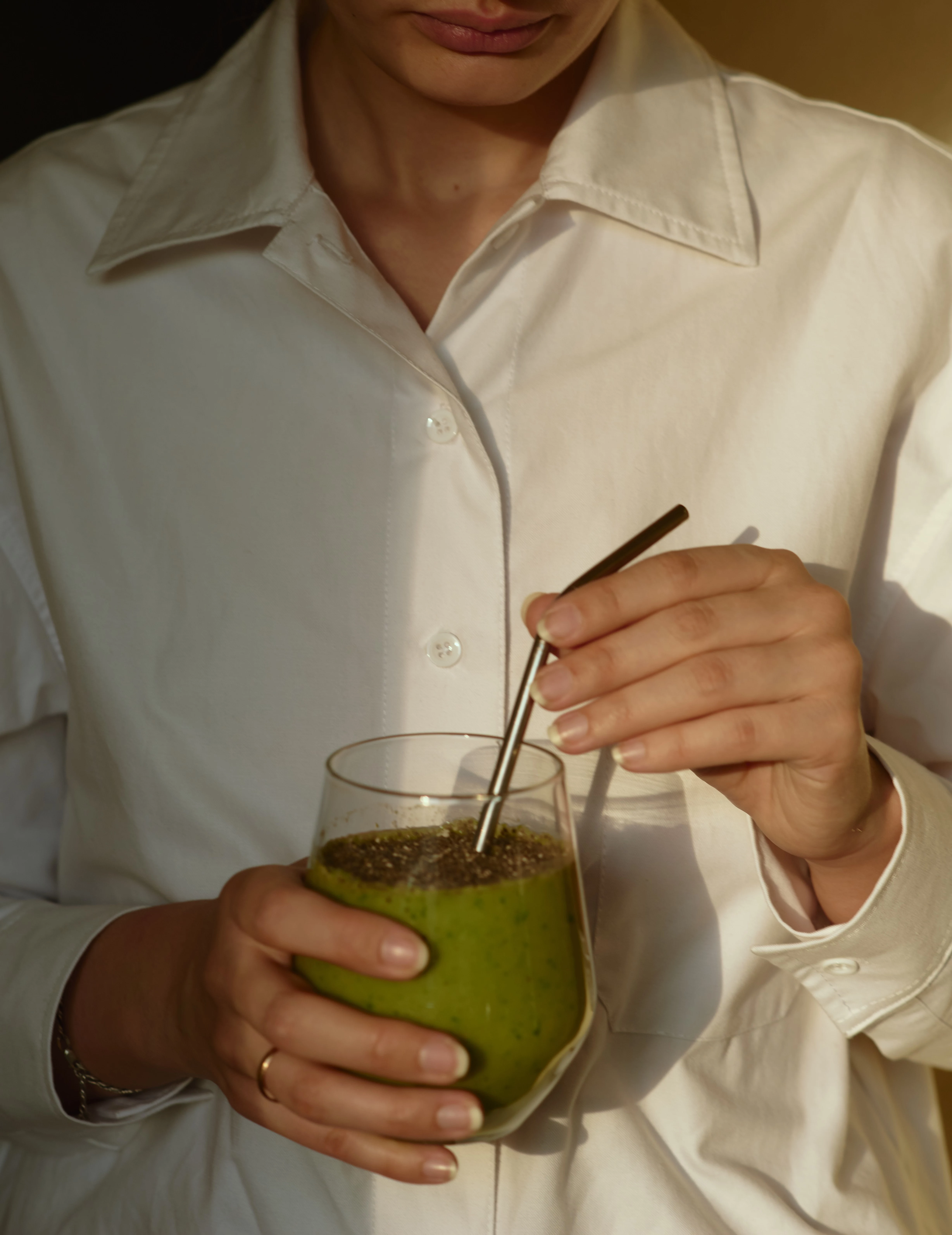
Feeling Overwhelmed? Just Do This One Thing.
If you read all of this and feel like it’s too much, just start here. My one quick win for you is this: for the next week, swap just ONE sugary drink you have each day for a glass of water. That’s it. Whether it’s a morning juice, an afternoon soda, or a sweet tea with dinner—just replace one. This simple change can cut thousands of empty calories over a month and get you started on the right path without feeling deprived.
The Ground Rules: How Drinks Actually Affect Your Body
Before we get into specific drinks, you need to understand a few key concepts. Once you get these, you’ll be able to navigate any coffee shop menu or grocery aisle with confidence. This is the stuff that makes the difference between just following a list and truly owning your choices.
1. Hydration is Your Metabolism’s Best Friend
Every single process in your body, especially the ones that burn fat, needs water to run smoothly. When you’re even a little dehydrated, your metabolism can literally slow down. Think of it like trying to run an engine with dirty oil—it just won’t be efficient. And here’s another thing: your brain often mixes up thirst and hunger signals. Seriously. Next time you feel a random hunger pang, try drinking a big glass of water and waiting 15 minutes. More often than not, the “hunger” just vanishes.
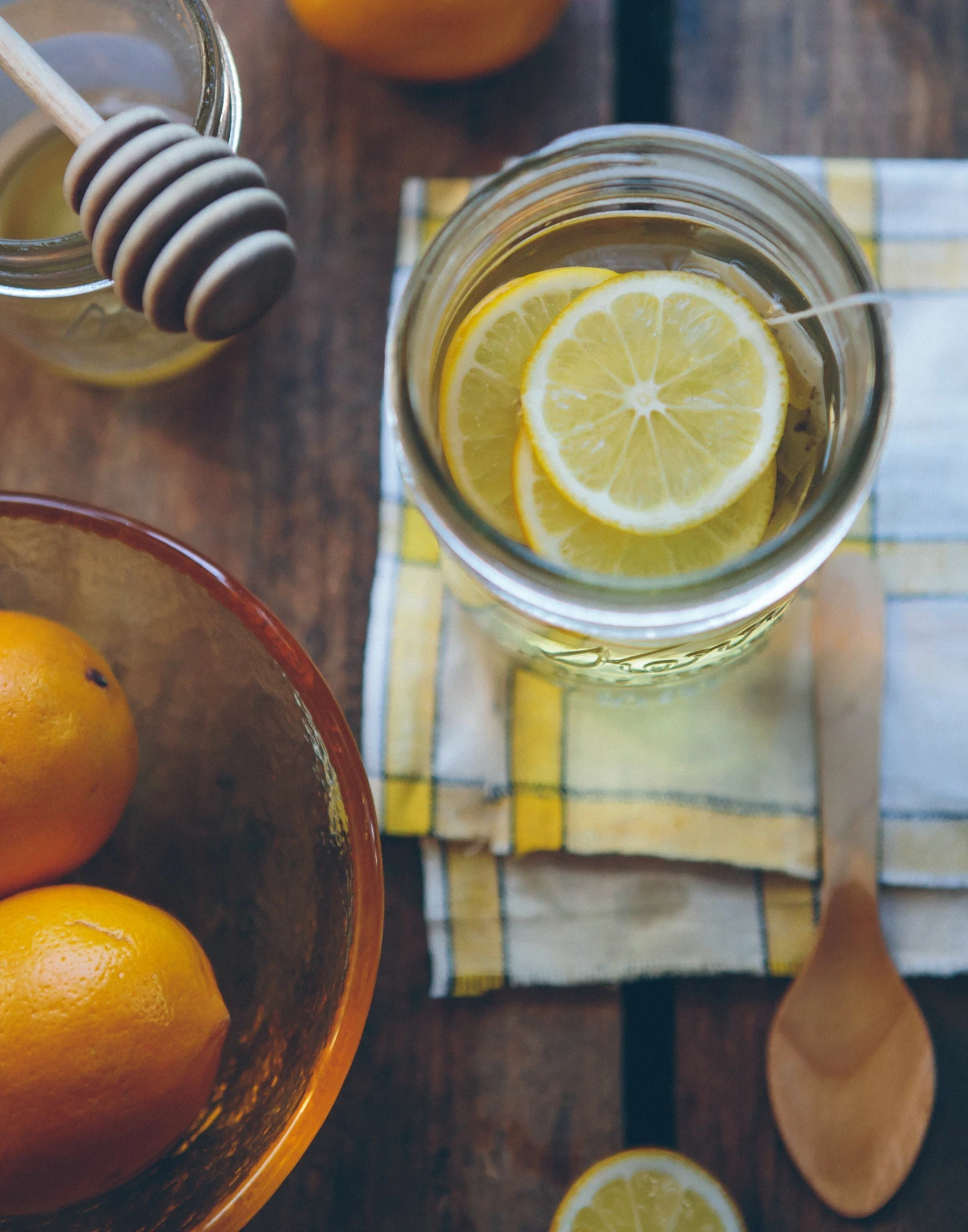
2. The “Thermic Effect” Nudge
Your body actually burns calories just by digesting food. This is called the Thermic Effect of Food (TEF). Protein has the biggest effect, while carbs and fats have a smaller one. Some compounds, like the catechins in green tea or the protein in a shake, can give this a tiny boost. But let’s be very frank: the effect is small. We’re talking a handful of extra calories, not enough to melt fat away. It’s a small, helpful nudge in the right direction, not a magic bullet.
3. The Blood Sugar Rollercoaster (and How to Get Off)
This is probably the most important part. When you chug a soda, sweet tea, or even fruit juice, you’re flooding your system with sugar. This causes a massive spike in your blood sugar. Your body then releases a huge wave of insulin to deal with it, which often works too well, causing your blood sugar to crash an hour or two later. That crash is what triggers intense cravings for more sugar and junk food. It’s a vicious cycle that can ruin the best of diets. Choosing drinks that don’t send you on this rollercoaster is key to controlling your appetite.

4. Your Gut Health Matters
The bacteria in your gut are a huge deal these days, and for good reason. They can influence your weight, mood, and immune system. Things like the polyphenols in tea or the live cultures in some fermented drinks can help support a healthy, diverse gut environment. The science is still evolving, but all signs point to this: a happy gut is a smart, proactive strategy for overall health.
Your Ultimate Beverage Breakdown
Okay, with those principles in mind, let’s get into the specifics. I’ll break these down just like I would with a client—the good, the bad, and the practical.
Water: The Undisputed Champion
Water is number one. Full stop. It has zero calories, helps every part of your body function, and is non-negotiable for managing your weight. The old “eight glasses a day” rule is a decent starting point, but a more personalized goal is to take your body weight in pounds, divide by two, and aim for that many ounces of fluid. So, a 160-pound person should aim for around 80 ounces. You’ll need more if you’re active or it’s hot outside.
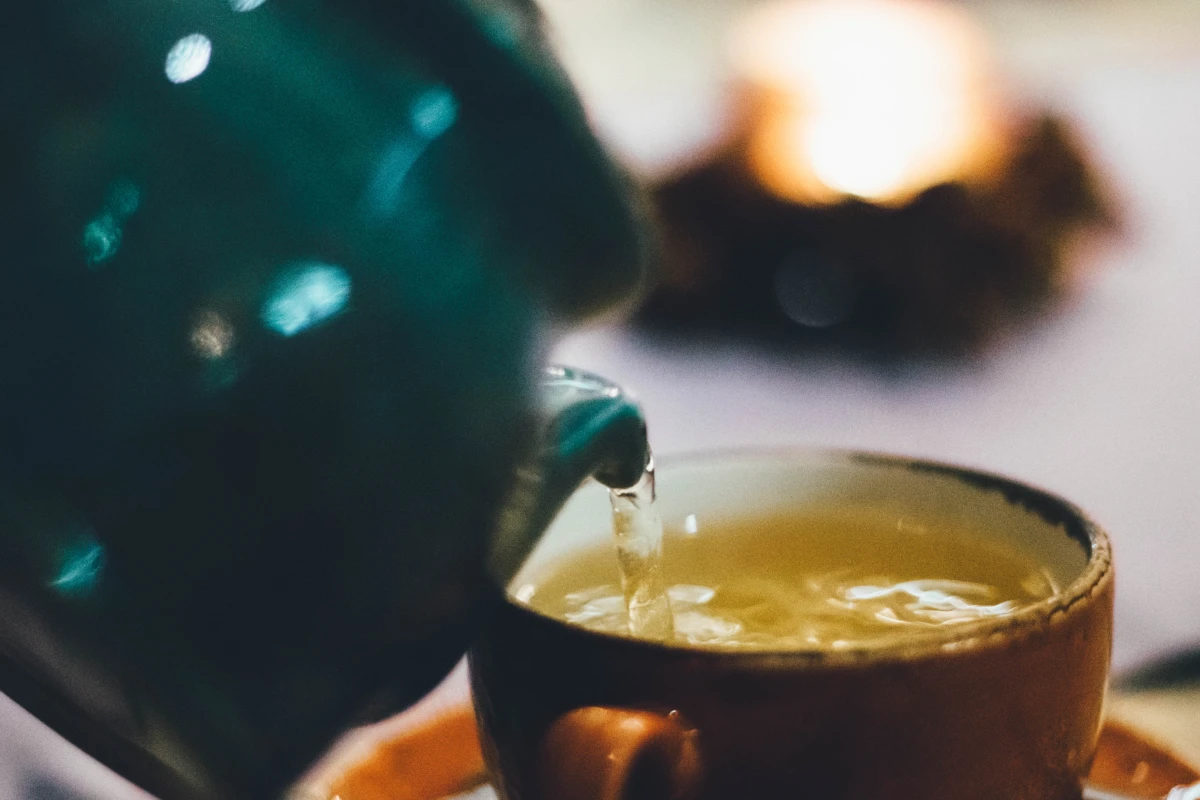
- Quick Tip: If you find plain water boring, infuse it! Don’t waste money on flavored powders full of weird ingredients. Just get a big pitcher, fill it with water, and add some cucumber slices and mint, or a handful of berries, or a few lemon and lime wedges. It’s cheap, easy, and makes hydration feel like a treat.
- Heads up! It’s incredibly rare, but you can drink too much water, which can be dangerous. This is mostly a concern for endurance athletes who are sweating for hours and only replacing with plain water. That’s why sports drinks with electrolytes exist. For the average person, it’s not something to worry about.
Coffee & Tea: The Metabolic Supporters
Coffee and tea are fantastic, as long as you keep them clean. It’s what you add to them that gets you into trouble.
Coffee: Plain black coffee is loaded with antioxidants and contains caffeine, which can give your metabolism a temporary little boost. So how do you upgrade your coffee? Let’s talk good, better, and best. ‘Good’ is swapping a sugary Frappuccino for a regular coffee with maybe a splash of milk and one sweetener packet. ‘Better’ is graduating to just a splash of skim or unsweetened almond milk. And the ‘best’ option, nutritionally speaking? Plain black coffee. Sprinkle in some cinnamon if you want a flavor kick without the calories.
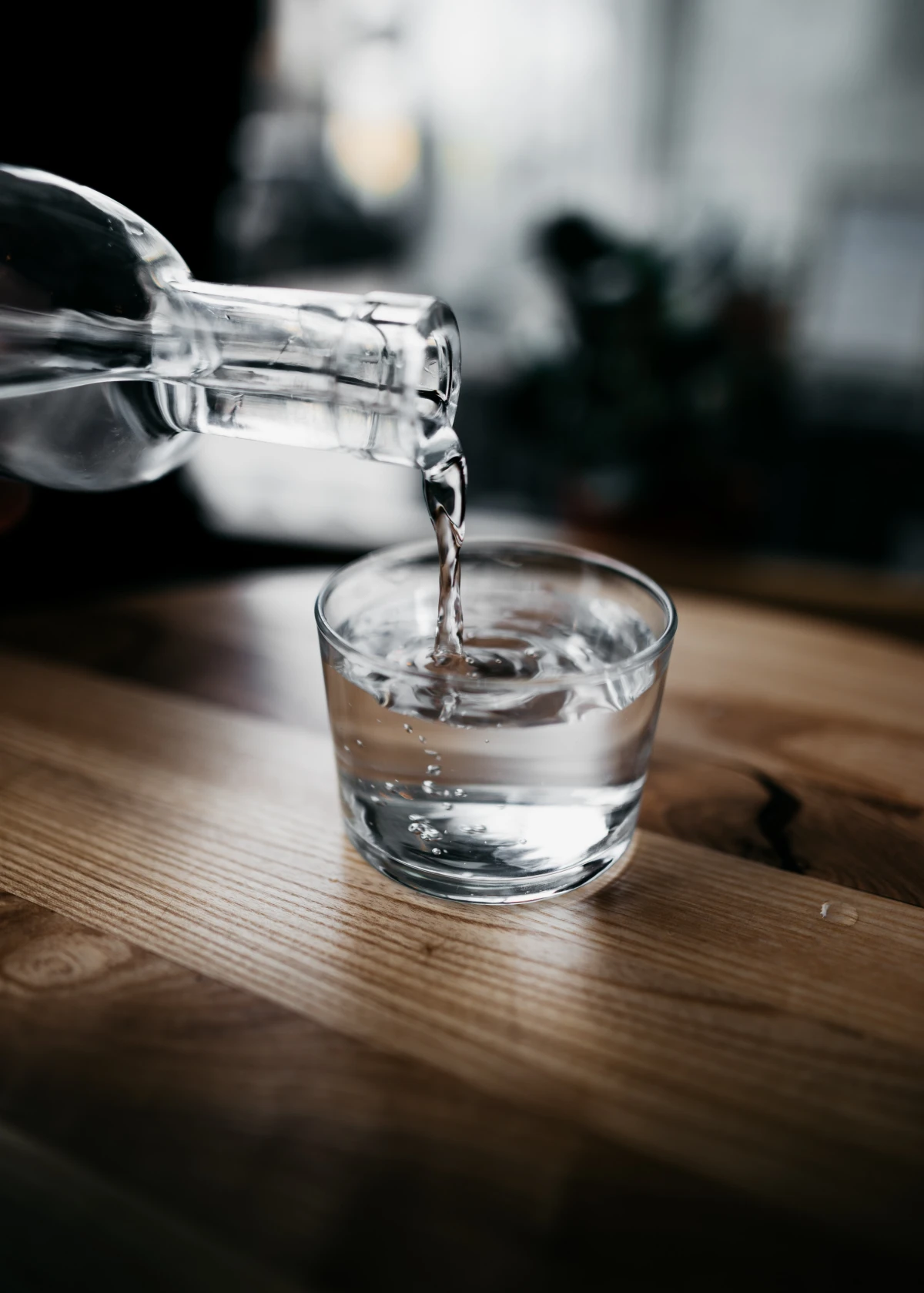
Green Tea: The hero here is a compound called EGCG, which, along with caffeine, can enhance fat burning, especially when paired with exercise. Matcha, which is the whole green tea leaf ground into a powder, is even more potent.
- Pro Tip: Don’t use boiling water on your green tea! It burns the delicate leaves, makes the tea bitter, and can destroy the beneficial compounds. Bring your water to a boil, then let it sit for a minute or two to cool down slightly (to about 175°F or 80°C). Then steep for 2-3 minutes. It makes a world of difference.
Black Tea: While it has less EGCG than green tea, it’s rich in other compounds that have been shown to support a healthy gut by feeding the good bacteria.
Protein Shakes: The Hunger-Fighting Tool
Protein is the king of satiety—it helps you feel full and stay full. A protein shake can be an incredibly convenient way to get a solid dose of protein, especially after a workout or when you’re in a rush.
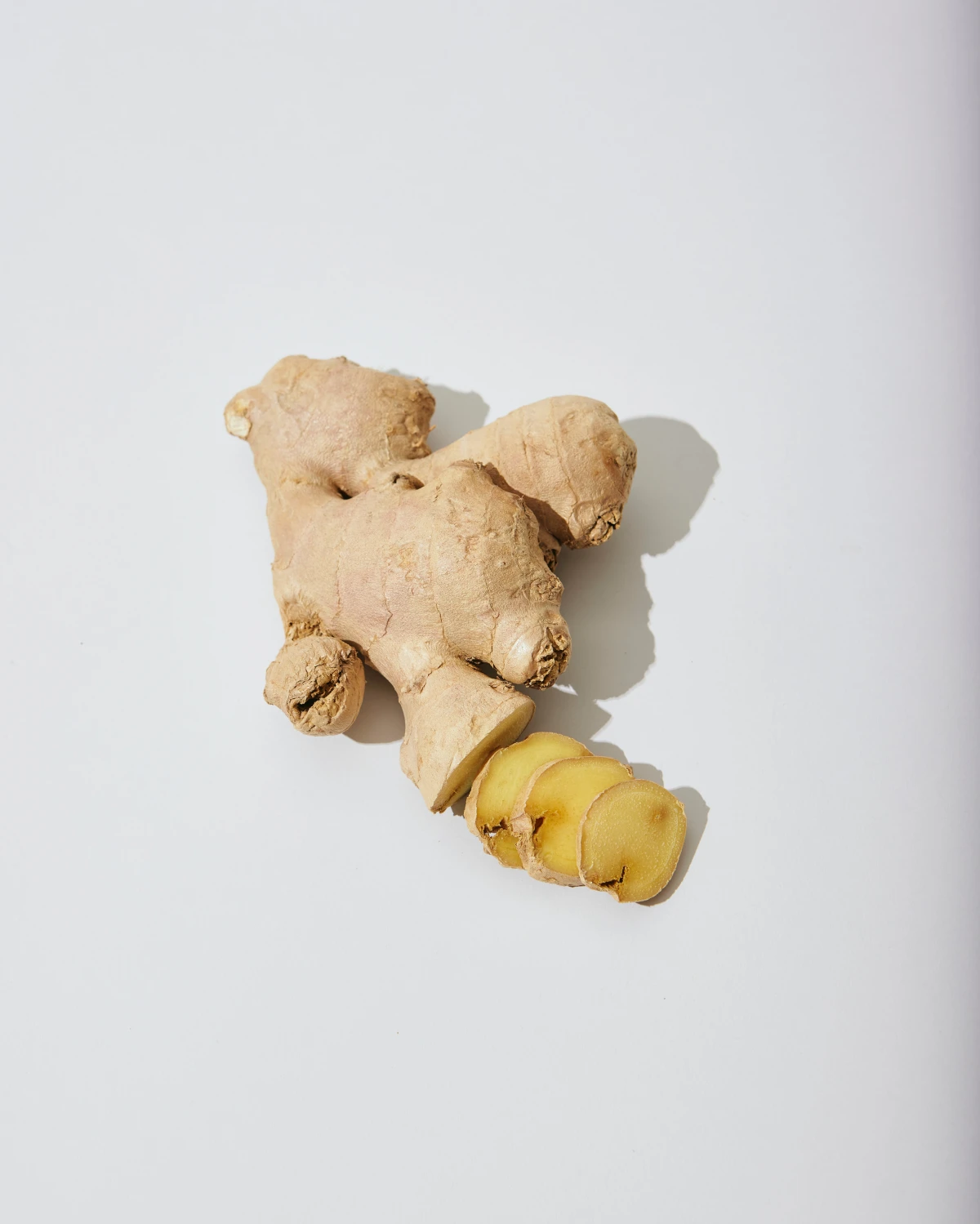
- When to Use It: I see a shake as a strategic snack or a part of a meal, not a whole meal replacement. It’s perfect for that 3 p.m. slump when you’re tempted to hit the vending machine. A small shake can crush those cravings and keep you from overeating at dinner.
- How to Choose a Powder: The supplement aisle is a jungle. Look for powders with minimal ingredients (the protein source should be first) and aim for less than 5 grams of sugar per serving. A little-known trick is to look for a third-party seal on the label, like from NSF Certified for Sport or Informed-Sport. This means an independent lab has verified that what’s on the label is actually in the tub. You can find decent options from around $30 to $70 for a large container.
- My 2-Minute Morning Smoothie: To make it a meal, try this dead-simple recipe. In a blender, combine 1 scoop of vanilla or chocolate protein powder, 1 big handful of fresh spinach (I promise you won’t taste it!), 1/2 a frozen banana for creaminess, 1 tablespoon of chia seeds for fiber, and 1 cup of unsweetened almond milk. Blend and go.
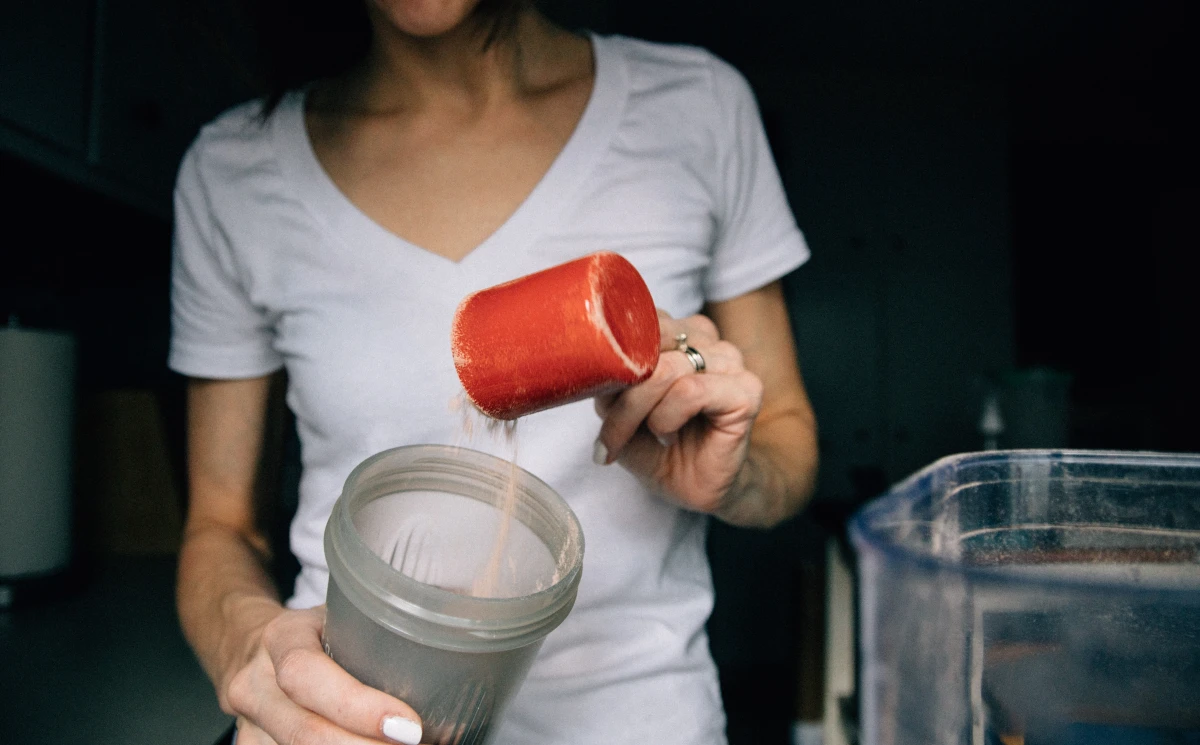
What About Milks? (Dairy & Non-Dairy)
This is a big question I get. What should you put in your coffee or smoothie? There’s no single “best” milk—it depends on your goals.
- Dairy Milk: Skim milk is your lowest-calorie option at around 90 calories per cup, with a solid 8 grams of protein. Whole milk is much higher in calories (around 150) but the fat can make it more satisfying.
- Almond Milk (Unsweetened): This is the go-to for low-calorie diets. It’s only about 30-40 calories a cup. The downside? It has virtually no protein, usually just 1 gram. It’s basically flavored water, but great for thinning out smoothies without adding calories.
- Soy Milk (Unsweetened): This is a fantastic plant-based option because it’s nutritionally similar to low-fat dairy milk, offering about 80 calories and 7 grams of complete protein.
- Oat Milk (Unsweetened): This is the creamiest and often tastiest for coffee, but be aware it’s higher in carbs and calories, typically around 120 calories per cup with less protein than soy or dairy. Think of it as more of a treat.
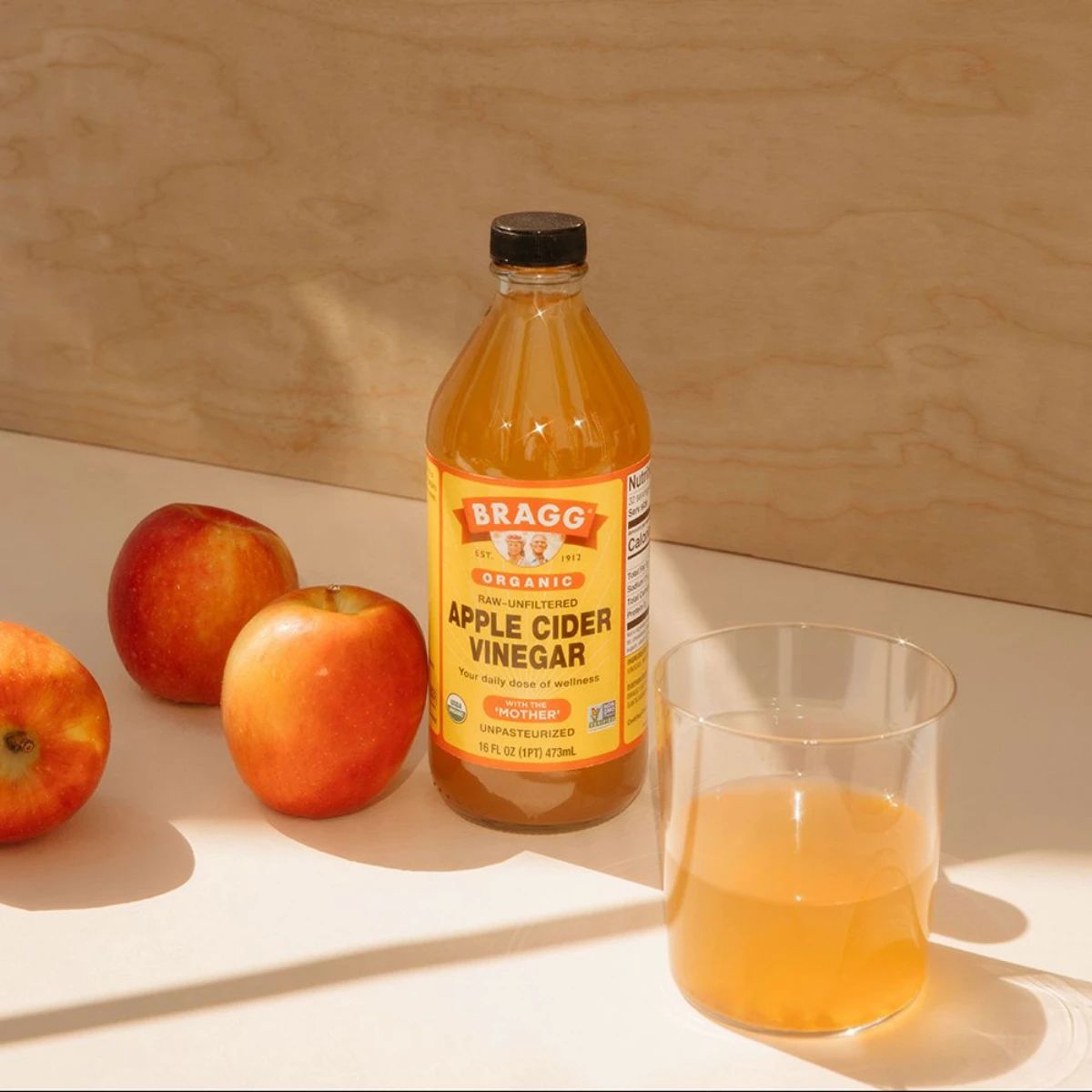
Vegetable Juice & Broth: The Savory Hydrators
Vegetable Juice: Juicing strips out the fiber, which is one of the most important parts! So, eating whole vegetables is always better. However, a low-sodium veggie juice (like V8) can be a practical, low-calorie way to squeeze in more vitamins if you’re on the go and struggling to eat enough greens.
Bone Broth: A warm cup of bone broth is incredibly satisfying. It provides hydration and a bit of protein (collagen) for very few calories. It’s a fantastic replacement for an afternoon snack, especially in colder months. To save money, you can make your own for pennies by simmering a leftover chicken carcass with some veggies, or you can buy quality cartons for $5-$8 at most grocery stores.
The Hype Zone: ACV & Kombucha
Let’s clear the air on these trendy drinks.
Apple Cider Vinegar (ACV): Some tiny studies hint that it might help with blood sugar and appetite, but the evidence for major weight loss is extremely weak. It is NOT a miracle cure.
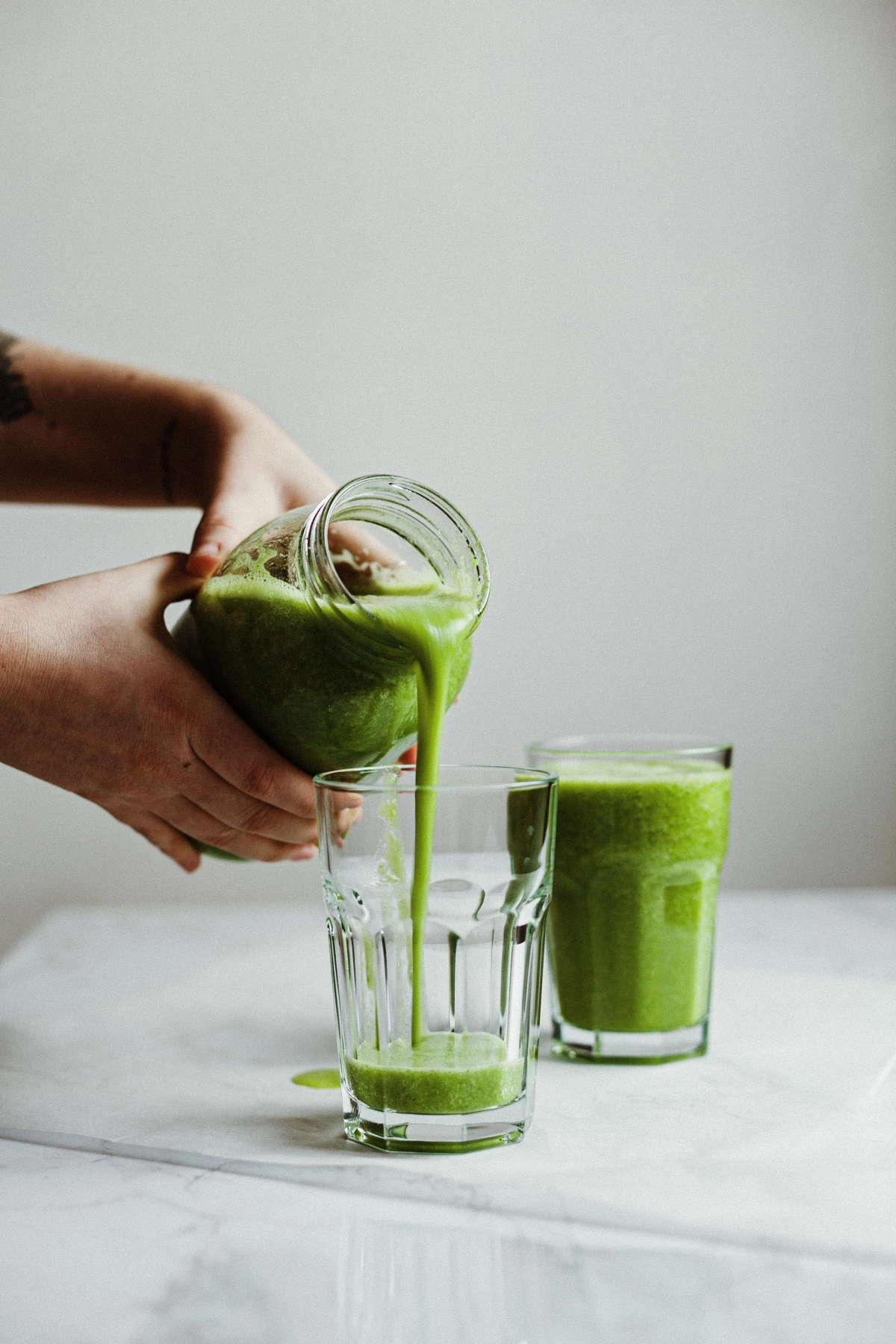
- Safety First! This is my biggest concern. ACV is highly acidic and can destroy your tooth enamel and burn your throat if you drink it straight. Always, always dilute it. Here’s my safe ACV tonic: Get a big glass and add 8 ounces of water FIRST. Then, stir in 1-2 TEASPOONS (not tablespoons!) of ACV. Drink it with a meal, not on an empty stomach.
Kombucha: This fermented tea has probiotics, which is great for your gut. The problem? Many commercial brands are loaded with sugar to make them taste good—some have as much as a soda. If you enjoy kombucha, treat it like a soda alternative, not a health elixir. Read the label and find a brand with less than 8 grams of sugar per serving.
The Saboteurs: Beverages to Limit or Ditch
Often, the fastest way to see progress is to cut out the stuff that’s holding you back.
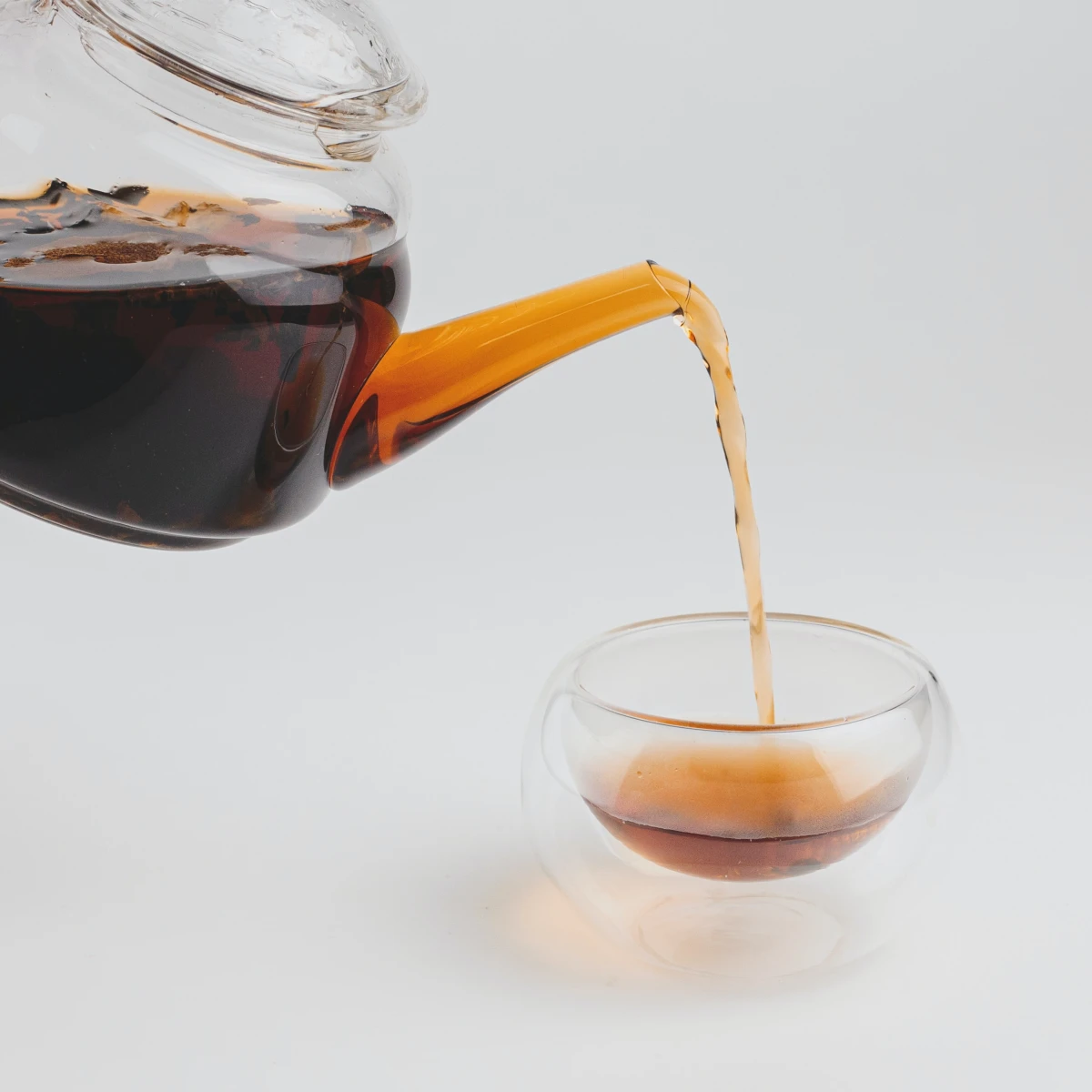
- Sugary Drinks: Soda, fruit punch, sweet tea, energy drinks. They are empty calories that send you on that blood sugar rollercoaster we talked about. There’s no room for them in a healthy plan.
- Fruit Juice: Even 100% juice is just concentrated fruit sugar without the beneficial fiber. An 8-ounce glass of orange juice can spike your blood sugar just as fast as a can of Coke. Eat the orange, drink water.
- Alcohol: Your body burns alcohol for fuel before it burns anything else, including body fat. It also lowers your inhibitions (hello, late-night pizza) and messes with your sleep. If you drink, keep it moderate and account for the calories. A single craft IPA can have over 250 calories.
- Commercial Smoothies: The “green” smoothie you buy at a chain might sound healthy, but it can be a dessert in disguise, packed with juice concentrates and sherbet, easily topping 700 calories. If you want a smoothie, make it at home where you control the ingredients.
- What about Diet Sodas? Ah, the big one. Are zero-calorie drinks okay? The answer is… it’s complicated. They don’t have calories, which is a plus. However, some research suggests that intense artificial sweeteners might confuse our brains and gut, potentially leading to cravings for real sugar later. My take? They are a better choice than a regular soda, for sure. Think of them as a crutch to help you get off sugary drinks, but not something to be chugging all day long. Water is always the goal.
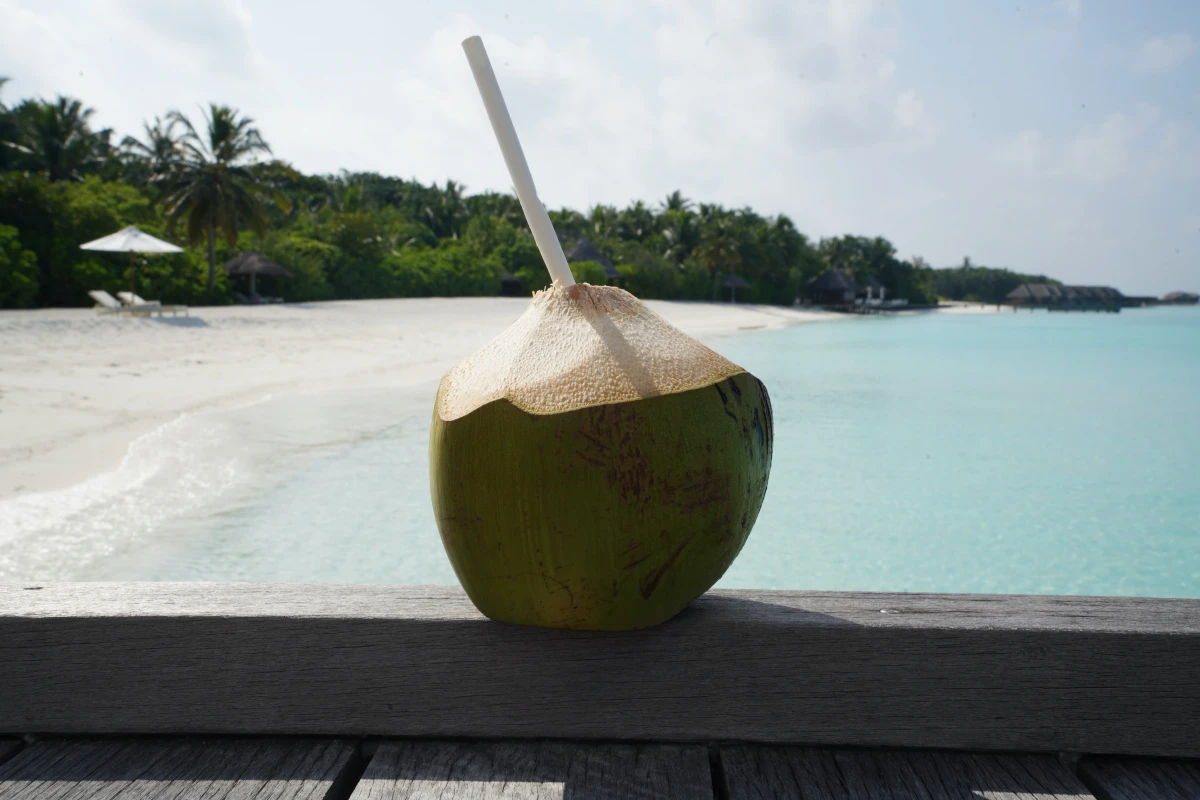
Your First Healthy Beverage Shopping List
Want a concrete place to start? Next time you’re at the store, grab these:
- A big, clear pitcher for making infused water
- A few lemons and a cucumber to put in it
- A box of quality green tea bags
- A small bag of chia seeds (for smoothies)
- A case of plain, unsweetened sparkling water (like LaCroix or Bubly) for a fizzy fix
Putting It All Together: A Sample Day
This isn’t a strict plan, just an idea of what a good day of hydration looks like:
- Upon Waking (7 a.m.): 16 oz of plain water to rehydrate.
- With Breakfast (8 a.m.): A cup of black coffee or unsweetened tea.
- Mid-Morning (10:30 a.m.): 16 oz of infused water.
- With Lunch (1 p.m.): Another 16 oz of water.
- Mid-Afternoon (3:30 p.m.): If hungry, a warm cup of bone broth. Otherwise, more water.
- With Dinner (6:30 p.m.): 16 oz of water.
- Evening (8 p.m.): A cup of caffeine-free herbal tea (like chamomile or peppermint) to wind down.
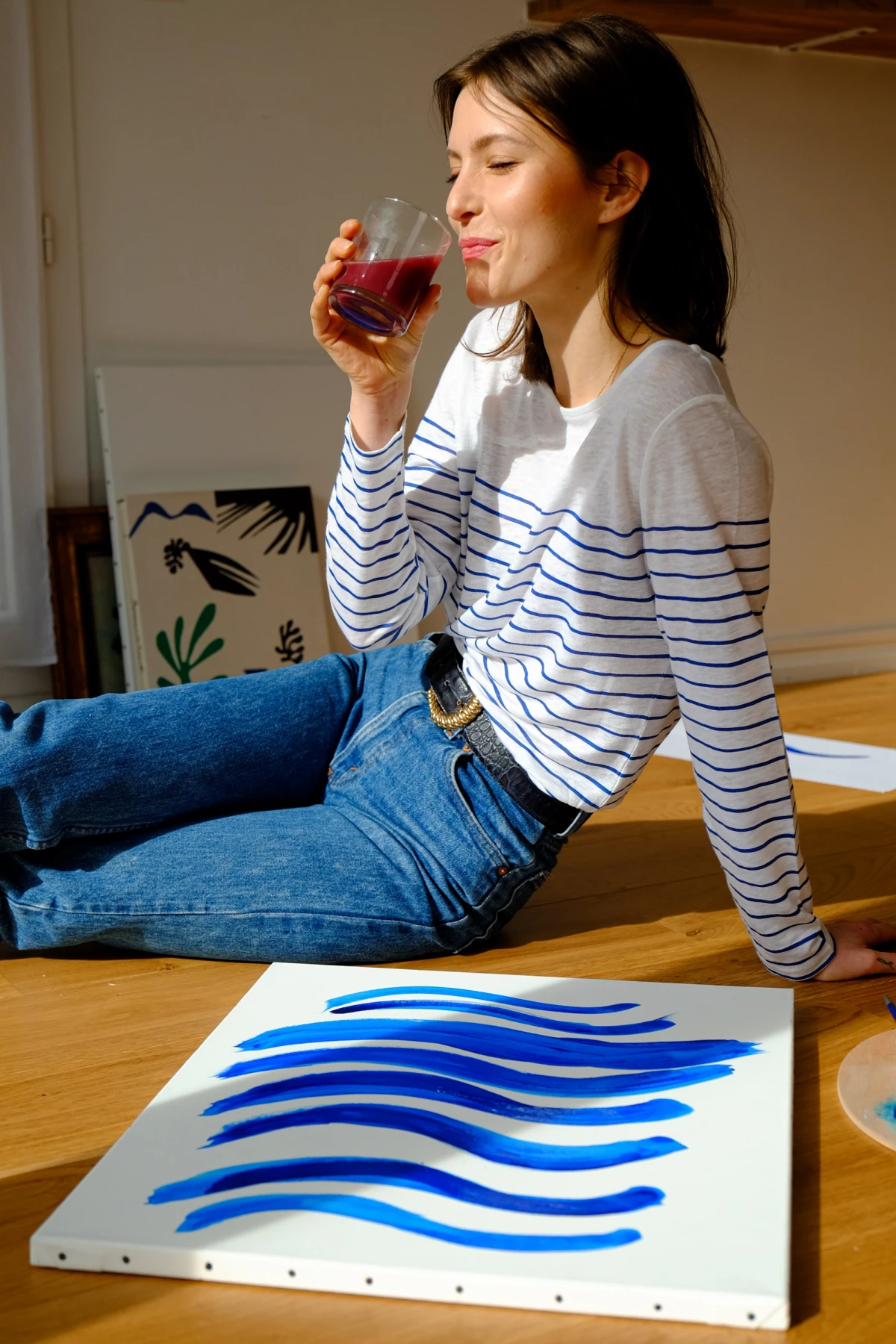
A Final, Friendly Disclaimer
Hey, just so we’re clear, this is all for educational purposes and is based on well-established nutritional science and years of real-world experience. Your own needs might be different based on your health history. Before you make any huge changes, especially if you have a condition like kidney disease, heart issues, or diabetes, it’s always a smart idea to chat with your doctor or a registered dietitian. They can help you create a plan that’s safe and perfect for you. Remember, what you drink is just one piece of the puzzle, alongside good food, regular movement, sleep, and managing stress. There are no shortcuts, just smarter choices. You’ve got this!
Inspirational Gallery
Why does my green tea often taste bitter?
You’re likely using water that’s too hot. Boiling water (100°C / 212°F) scorches the delicate leaves, releasing bitter tannins. For a perfect, smooth cup of a quality green tea like a Japanese Sencha, heat your water to just 80°C / 175°F—when tiny bubbles form at the bottom of the kettle. Steep for only 1-3 minutes to unlock its subtle flavour and antioxidant benefits without the harshness.
Your protein shake isn’t a dessert. While essential for muscle repair and satiety, it’s easy to turn a healthy shake into a sugar bomb. Adding a large banana, tablespoons of honey, and sweetened peanut butter can push it past 500 calories. Instead, get flavour from a dash of cinnamon or a spoon of unsweetened cocoa powder. Stick to a quality, low-sugar powder like Optimum Nutrition Gold Standard or Orgain Plant-Based Protein for the best results.
Research from the University of Texas Health Science Center found that people who drank diet soda daily had a 70% greater increase in waist circumference over a decade compared to non-drinkers.
Tired of plain water? Infusing it with natural ingredients is a zero-calorie way to make hydration exciting. It’s incredibly simple and feels like a luxury.
- Spa Classic: Cucumber slices + fresh mint leaves.
- Berry Fresh: Halved strawberries + a sprig of basil.
- Zingy Twist: Orange slices + a few slivers of fresh ginger.
Supermarket Soda Aisle: Typically packs 35-40 grams of sugar and around 140 empty calories per can, offering a brief sugar high followed by a crash.
Sparkling Water (e.g., LaCroix, Perrier): Contains zero sugar, zero calories, and zero sweeteners, yet the carbonation provides the same satisfying fizz.
It’s the perfect swap to curb a soda craving without derailing your progress.
Beyond the obvious calories, that evening glass of wine might be stalling your weight loss in a stealthier way: by wrecking your sleep. While alcohol can make you feel drowsy initially, it disrupts deep REM sleep. Poor sleep throws your appetite-regulating hormones—ghrelin (hunger) and leptin (fullness)—out of whack, leading to increased cravings the next day.
- Calms late-night sugar cravings with a naturally sweet taste.
- Soothes your digestive system after a meal.
- Promotes relaxation and better sleep.
The secret? The power of herbal teas. A cup of Pukka’s ‘Three Mint’ tea can aid digestion, while a simple chamomile or rooibos tea provides a comforting, caffeine-free ritual before bed.
Did you know? Multiple studies show that caffeine can increase your metabolic rate by 3-11%.
This thermogenic effect means your body temporarily burns more calories at rest. However, this benefit is maximized when you drink your coffee black. A single pump of syrup or a generous splash of creamer can easily add enough sugar and fat to completely negate the metabolic boost. Think of black coffee as a small metabolic assistant, but only when it comes on its own.
Is kombucha a healthy weight-loss drink?
It can be, but you have to read the label carefully. True, kombucha offers probiotics that are great for gut health, but many commercial brands can contain 10-16 grams of sugar per serving to make them more palatable. Look for brands like GT’s with less than 6 grams of sugar per half-bottle serving, or choose their ‘Pure’ flavour for the lowest sugar content.
- Start with a liquid base: Unsweetened almond milk or plain water, not fruit juice.
- Add a protein source: One scoop of protein powder or a serving of Greek yogurt.
- Include healthy fats: A tablespoon of chia seeds or a quarter of an avocado.
- Pack in greens: A large handful of spinach or kale (you won’t taste it!).
- Limit the fruit: Stick to a half-cup of low-sugar berries like raspberries or blueberries.










